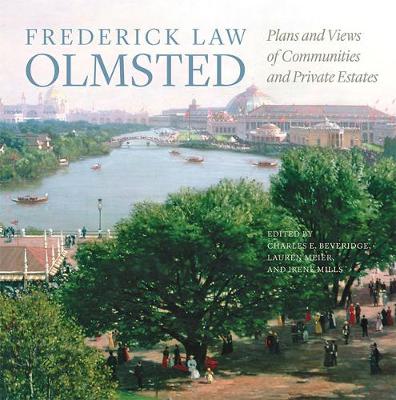The Papers of Frederick Law Olmsted
2 total works
Full of original plans and historic photographs, this beautifully illustrated collection is the first comprehensive presentation of Olmsted's design concepts for communities and private estates.
Silver Winner of the 2021 IBPA Benjamin Franklin Award for Best Coffee Table Book
Master landscape architect Frederick Law Olmsted (1822-1903) is renowned for his public parks, but few know the extent of his accomplishment in meeting other needs of society.
Lavishly illustrated with over 500 images, this book presents Olmsted's design commissions for a wide range of projects. The rich collection of studies, lithographs, paintings, and historical photographs depicts Olmsted's planning for residential communities, regional and town plans, academic campuses, grounds of public buildings, zoos, arboreta, and cemeteries. Focusing on living spaces designed to promote physical and mental well-being, the book showcases more than seventy of Olmsted's designs, including the community of Riverside, IL; the Stanford University campus; the U.S. Capitol grounds; the World's Columbian Exposition of 1893; the National Zoo; and George W. Vanderbilt's Biltmore estate.
Illuminating Olmsted's design theory, this volume displays the beautiful plans and reveals the significance of each commission within his entire body of work. Readers concerned with the quality of the environment in which we live and work, as well as architects, landscape architects, urban planners, historians, and preservationists, will find stimulating insights in Plans and Views of Communities and Private Estates.

